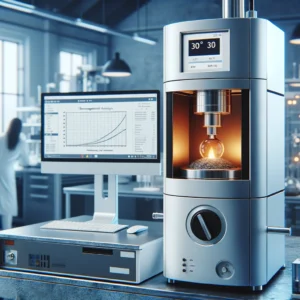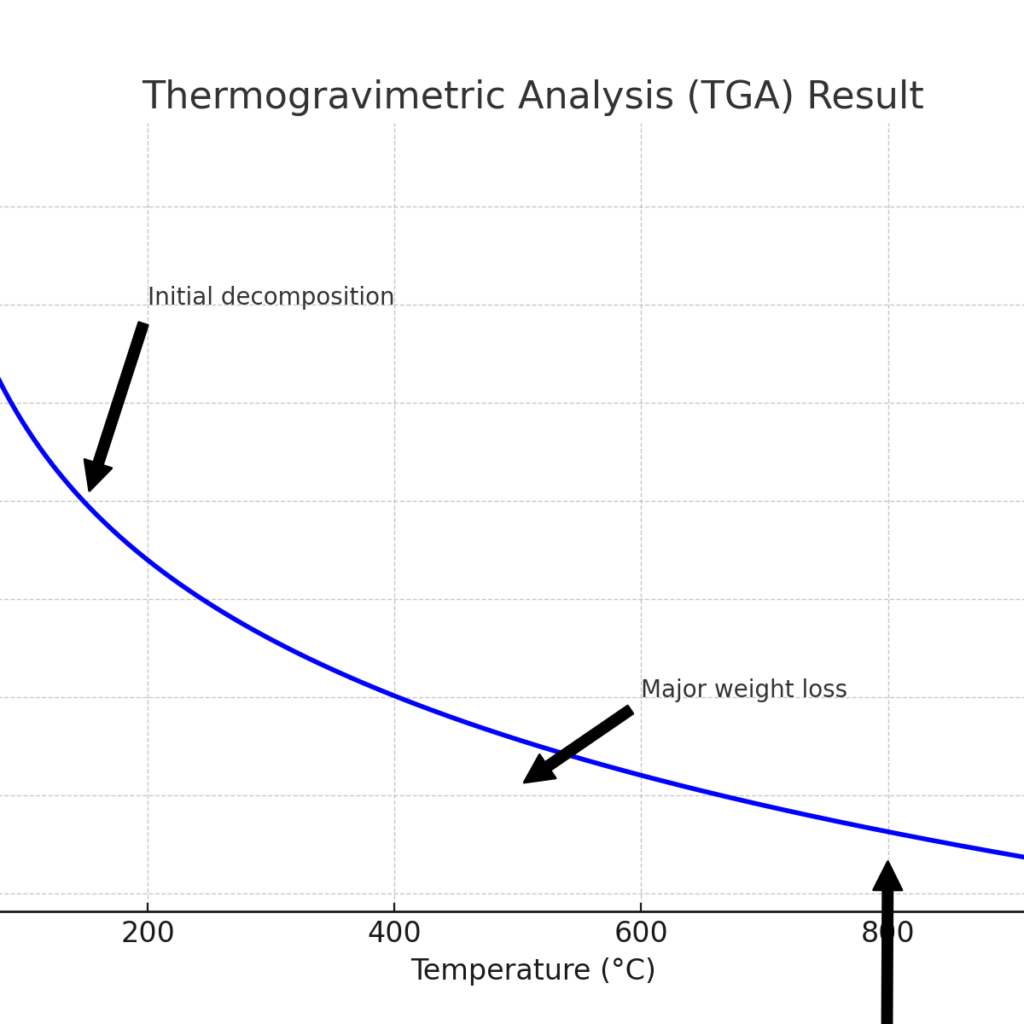
Thermogravimetric Analysis (TGA) is a critical technique in the field of material science, offering invaluable insights into the thermal decomposition and stability of various materials. This technique measures the mass of a sample over time as it is heated, cooled, or held at a constant temperature. It is instrumental in characterizing materials for research, quality control, and manufacturing processes.
Overview of Thermogravimetric Analysis
TGA is a thermal analysis method that measures changes in the weight of a material as a function of temperature or time. This analysis is essential for understanding the composition, thermal stability, and moisture content of materials. It is widely applicable in analyzing polymers, pharmaceuticals, and inorganic substances.
Importance of TGA in Material Characterization
Understanding the thermal behavior of materials is crucial for their application in various industries. TGA provides detailed information on:
- Thermal stability and decomposition temperatures.
- Moisture and volatiles content.
- Composition, including filler content in composites.
Standardized Approach to TGA
Adhering to international standards such as ASTM E1131 and ISO 11358 ensures the reliability and reproducibility of TGA results. These standards define the procedure for conducting TGA, including the heating rate, atmosphere, and sample preparation guidelines.
Preparing Samples for TGA Analysis
Proper sample preparation is key to obtaining accurate TGA data. Samples are typically in the milligram range and placed in pans that can withstand high temperatures without reacting with the sample.
Interpreting TGA Data
A TGA curve provides a graphical representation of mass loss as a function of temperature. Analyzing these curves allows for the identification of various thermal events, such as:
- Decomposition temperatures.
- Thermal stability ranges.
- Residual mass, indicating the amount of filler or non-volatile components.
Broad Applications of TGA
The versatility of TGA makes it a valuable tool across multiple fields, including:
- Polymer science for understanding polymer decomposition and stability.
- Pharmaceutical research for analyzing drug purity and stability.
- Inorganic chemistry for studying the thermal properties of metals and minerals.
Conclusion
TGA is an indispensable technique in material science, offering detailed insights into material thermal properties. It plays a crucial role in the development, testing, and quality assurance of materials across various industries.

